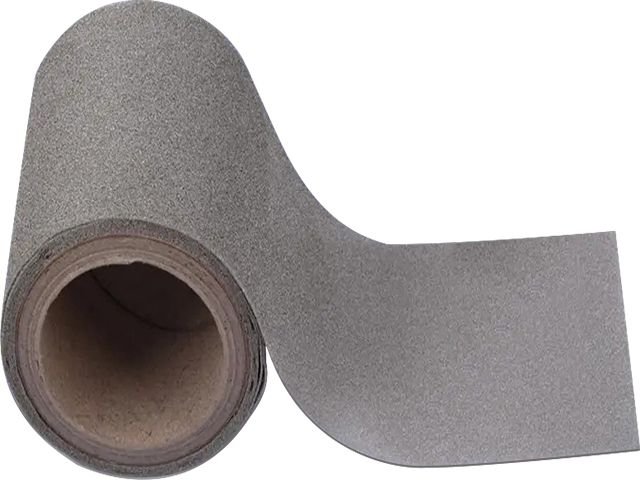The difference between conductive foam and anti-static foam?
There are many kinds of foam, conductive foam and anti-static foam are two of them. What is conductive foam? The conductive foam wraps the conductive cloth on the flame-retardant sponge. After a series of treatments, it has good surface conductivity and can be easily fixed on the device to be shielded with adhesive tape. Shielding materials with different cross-sectional shapes, installation methods, UL ratings and shielding effectiveness are available.
Conductive foam can be divided into: aluminum foil cloth foam, conductive fiber cloth foam, gold-plated cloth foam, carbon-plated cloth foam, etc.
Conductive Foam Features and Benefits
• RoHS Compliant
• Improved Z-axis resistivity increases shielding effectiveness to over 90dB over a wide frequency range
•Applicable thickness 0.039"(1mm), 0.060"(1.5mm), 0.079"(2mm), 0.098"(2.5mm), 0.125"(3.2mm), width up to 0.250"(6.4mm)
• Wide range of compression, up to 60% of the original thickness
• Also has UL94 HB and V0 flame retardant grades
• Available in a variety of standard configurations, including D-subs, USB port, IEEE 1394, SCSI and RJ 11. (Also suitable for sheet and rectangular form factors)
• Can be die cut to desired shape
•Die cut I/O, rectangular pads and panel pads are available with or without conductive adhesive backing
• Low residual deformation ensures long-term performance of the product

Anti-static foam
Anti-static foam and conductive foam are two different things. The difference between the two is still very obvious. Anti-static foam is generally made of polyethylene, foaming agent, high-efficiency conductive agent and other special materials. The surface resistance value of polymer anti-static foam is between the 6th power of 10 and the 9th power of 10; but due to the different resistance of anti-static foam, its electrostatic half-life is longer than that of conductive foam. In addition, anti-static foam also has a higher electrostatic voltage than conductive foam, but both have the function of automatically releasing electrostatic charges, and conductive foam has better adaptability to electronic products with high electrostatic sensitivity. This is also a clear difference between anti-static foam and conductive foam.
Generally speaking, the anti-static performance of conductive foam is the same as or even exceeds that of anti-static foam.
The conductive foam is based on polyurethane foam, which has undergone PVD conductive treatment and electrodeposited metal nickel, copper and other thickening treatments, so that the foam material exhibits good electrical conductivity in all aspects.
Conductive foam has the characteristics of good conductivity, strong bonding force, high shielding efficiency, good resilience and stable performance. Widely used in PDP TVs, LCD monitors, LCD TVs, mobile phones, notebook computers, MP3, communication cabinets, medical instruments and other electronic products as well as military and aerospace fields.



